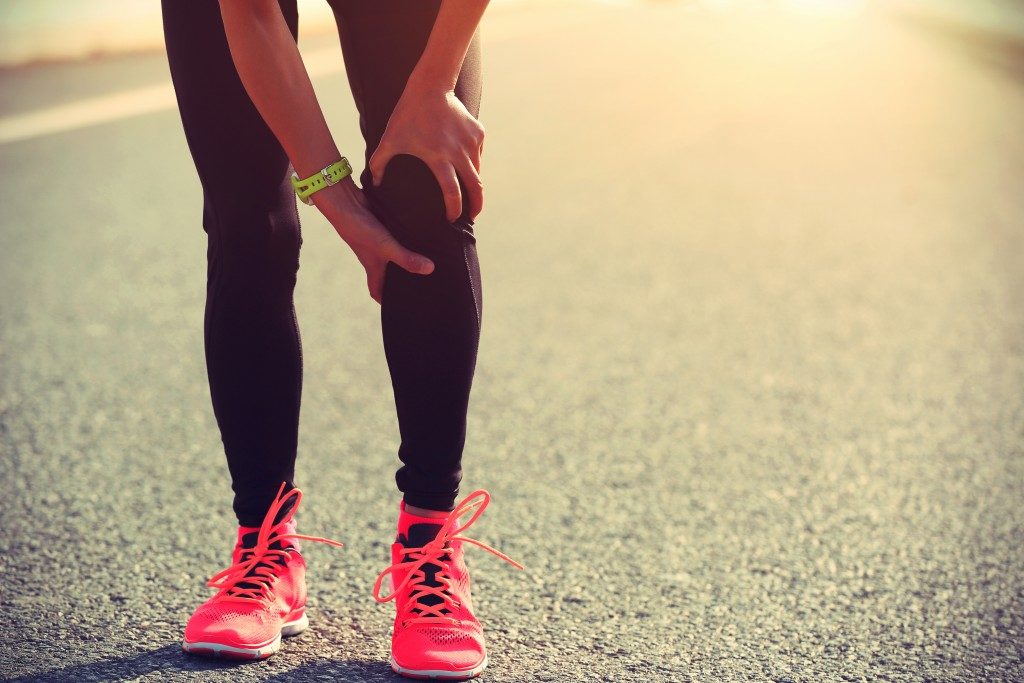If you are a runner, you already know about the various benefits of running. It is an excellent way to stay in shape and combat stress. Unfortunately, running regularly also increases your risk of developing knee pain and undergoing surgery in Orem. As more and more people get into the running game, injuries related to running also increase. One of these injuries is runner’s knee.
What Exactly Is Runner’s Knee?
Patellofemoral pain syndrome, also known as runner’s knee, accounts for approximately 25% of injuries that runners commonly develop. This usually causes pain just behind or around the kneecap that you can feel when running, climbing stairs, squatting, or after sitting down for some time while your knees are bent. This pain might feel sharp or dull, and you might also feel a clicking or popping sensation in the affected knee.
Your tibia and femur come together at your knee joint. Your patella or kneecap is in line with a particular groove at your femur’s lower section. Movement within that groove is called patellar tracking. If your kneecap does not move appropriately within that groove while you extend and bend your legs when running, you will develop runner’s knee. You can also suffer from shoulder issues and other orthopedic problems.
Are You at Risk of Developing Runner’s Knee?
The following are risk factors that can increase a runner’s chances of developing knee pain:
- Overuse or running too frequently without proper rest
- Weak thigh muscles
- Knee injury or trauma
- Poor flexibility
- Poor kneecap alignment, leading to premature cartilage wear and tear
- Irritation of the joint’s tendons
- Arthritis
Can You Prevent Runner’s Knee?
There are many proven ways to avoid developing runner’s knee, such as opting for softer yet stable surfaces whenever possible, losing excess pounds to reduce stress on the knees while running, and gradually increasing your distances and running speed. In addition, take your time to stretch properly before running or working out, and make sure to wear proper running shoes.
How Is Runner’s Knee Treated?
You might need to stop running entirely for some time or significantly reduce your running mileage and frequency. Some patients also report that wearing special shoe inserts, taping up their knees, taking painkillers, and wearing a brace helped relieve their knee pain. You can also elevate your legs and apply cold compresses to your knee joint for a couple of minutes after your run to alleviate knee pain. Additionally, you can work with a physical therapist who will recommend specific stretches and exercises that can help ease your knee pain. If all else fails, you might need to undergo knee surgery to realign your patella or remove damaged cartilage.
In the end, the key is to be vigilant in preventing knee pain from occurring in the first place. But of course, accidents and injuries can happen. With that in mind, if you suspect that the pain you are feeling is runner’s knee, it is best that you consult an orthopedic surgeon for an accurate diagnosis and prompt treatment.

